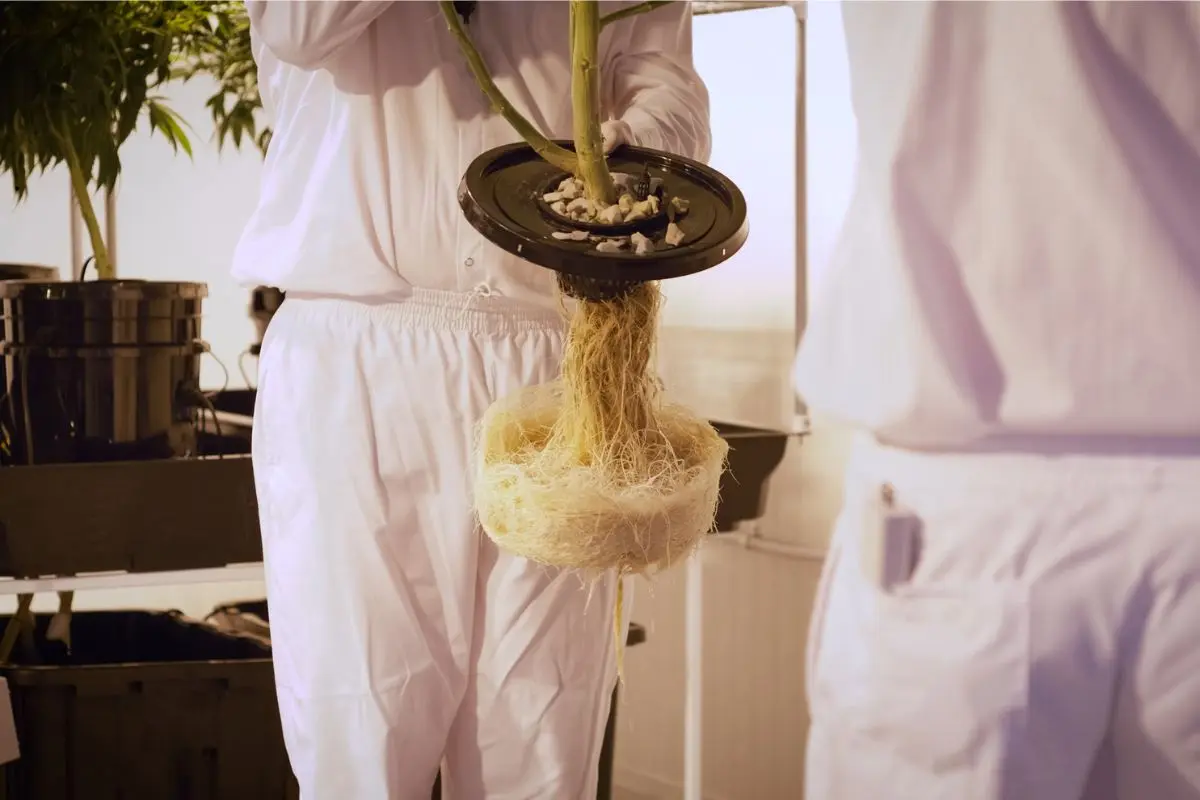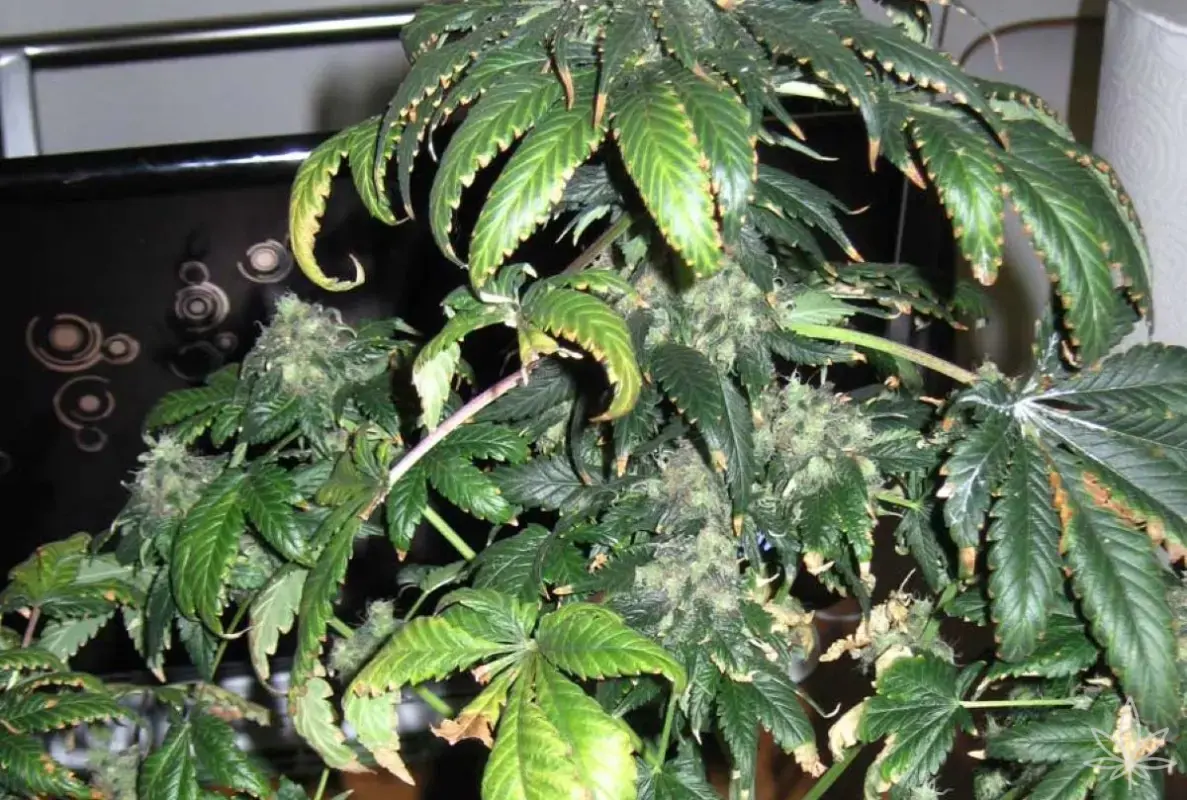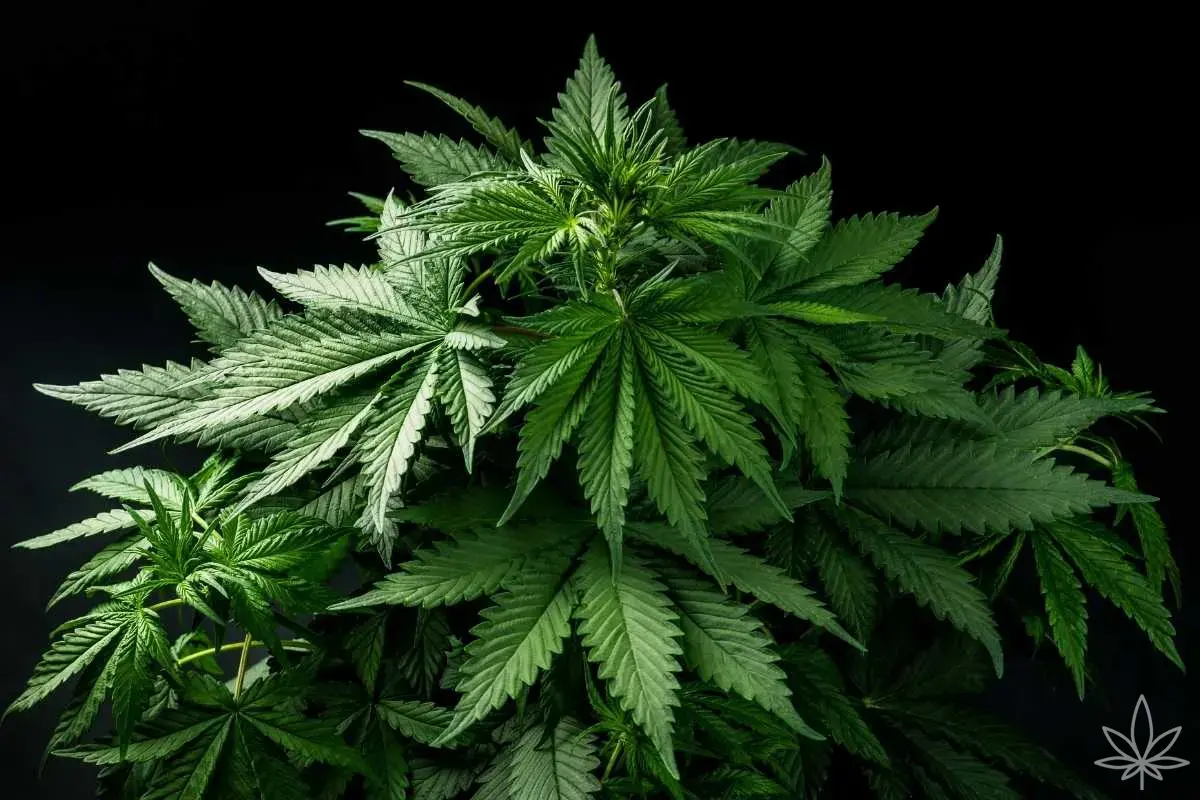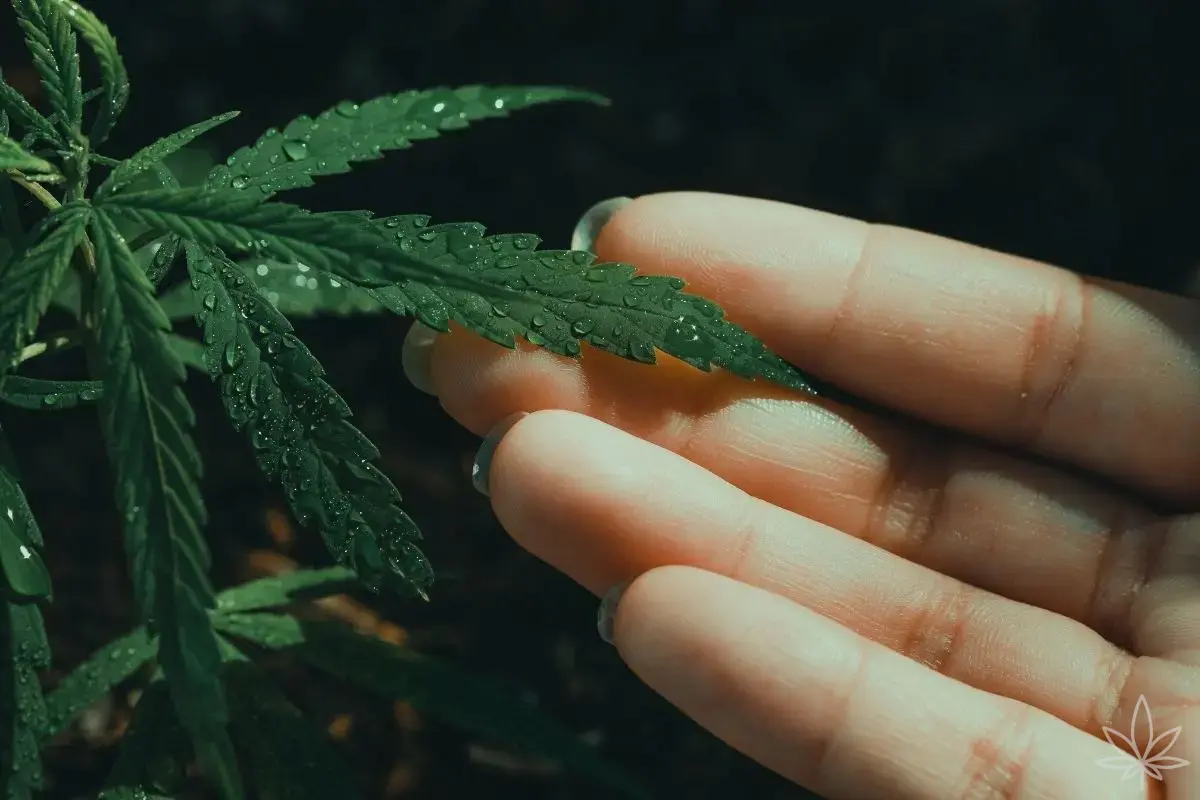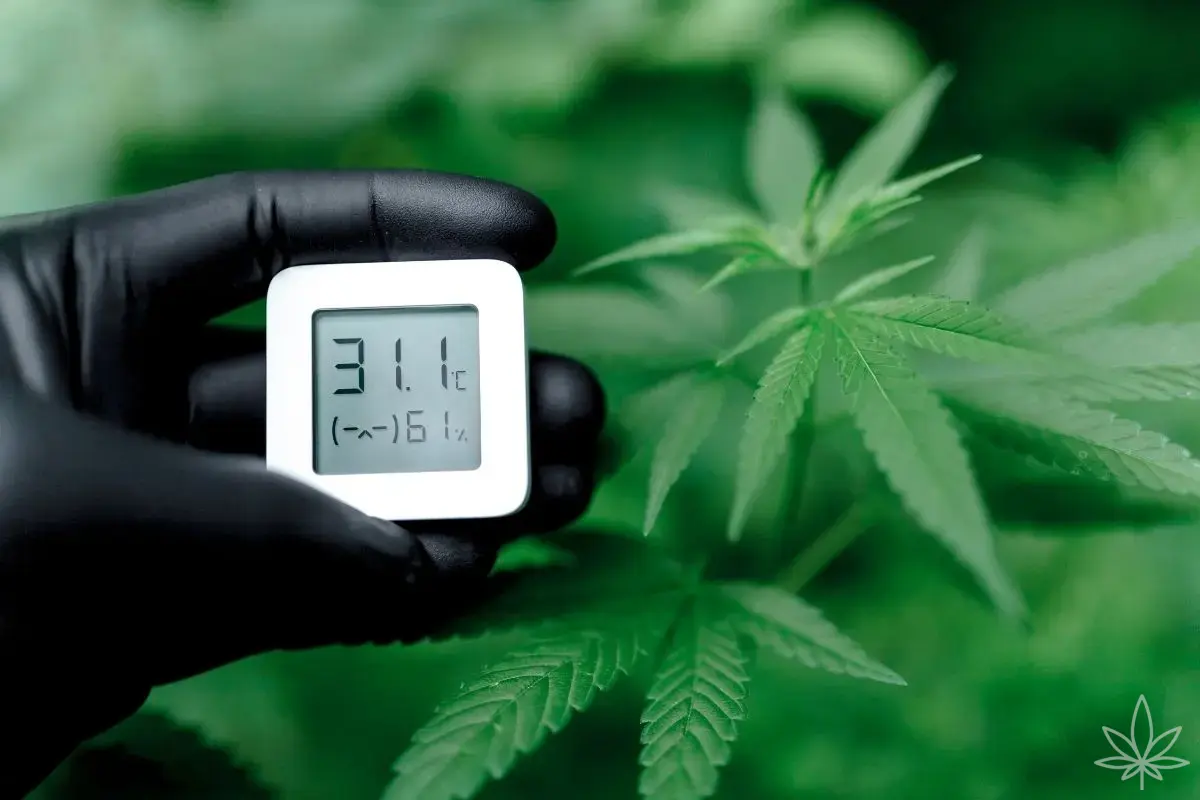In the world of cannabis cultivation, many problems can be spotted with the naked eye — yellowing leaves, spots on buds, fine webs between stems. But there are enemies that strike in places invisible to the grower, and the damage becomes apparent only when it’s already severe. One such adversary is root rot — a disease that develops in soil or water, quietly attacking the very foundation of plant life.
Why Root Rot Is So Dangerous
Roots are to cannabis what lungs and a stomach are to humans — they take in water, absorb nutrients, and enable gas exchange. When they start to rot, the process is slow but merciless: damaged tissues lose the ability to transport what the plant needs, causing it to starve and suffocate, even if the growing medium is saturated with nutrients and moisture.
First Symptoms – Misleading and Subtle
Root rot rarely announces itself in dramatic fashion at the start. More often, the first sign is a noticeable slowdown in growth — the plant “stalls” even though all growing parameters seem to be in order. Leaves may begin to droop slightly, and their color may fade or turn dull. In more advanced stages, wilting can occur during the day (despite moist soil), along with a characteristic unpleasant smell rising from the pot or hydroponic reservoir.
Where the Problem Starts
The main culprits behind root rot are pathogens such as Pythium, Fusarium, and Rhizoctonia. They thrive in overly moist environments with poor oxygenation. The most common causes include:
- Standing water in pots or hydroponic systems.
- Overly compacted, poorly aerated soil.
- Elevated nutrient solution temperatures in hydroponics (above 22–23°C / 71–73°F).
- Lack of hygiene in irrigation systems and infrequent water changes.
How to Save Plants Affected by Root Rot
If caught early, it’s still possible to take action:
- Reduce Moisture Levels – in soil grows, allow the medium to dry out between waterings.
- Improve Aeration – in hydroponics, add air stones or increase air pump output.
- Biological Treatments – products containing beneficial microbes (e.g., Trichoderma harzianum, Bacillus subtilis) can suppress pathogens.
- System Flushing – in hydro setups, rinse the roots thoroughly and replace the nutrient solution with fresh, well-aerated water.
Prevention – The Shield Against the Disease
Preventing root rot is far easier than curing it. Some key practices include:
- Ensure Proper Drainage – always use pots with drainage holes and a suitable base layer.
- Maintain Cleanliness – regularly disinfect tools, reservoirs, and irrigation lines in hydroponics.
- Control Temperature – in hydro, keep nutrient solution between 18–21°C (64–70°F).
- Avoid Overwatering – cannabis tolerates slight dryness far better than roots sitting in stagnant water.
- Use Protective Microbes – regular inoculation with beneficial fungi and bacteria boosts root resistance.
Why Root Rot Often Returns
Even after saving some plants, pathogens can linger in the growing medium or irrigation system. If conditions turn favorable again, the infection can come back with alarming speed. That’s why it’s crucial to thoroughly clean and disinfect all equipment after each grow cycle and avoid reusing soil without sterilizing it first.
Final Thoughts
Root rot is an enemy you can’t see until it’s done real harm. Fighting it requires patience, accurate diagnosis, and sometimes bold decisions. But a grower who learns to read the subtle signals from their plants and maintain a healthy root-zone environment will always have the upper hand in this hidden battle.

